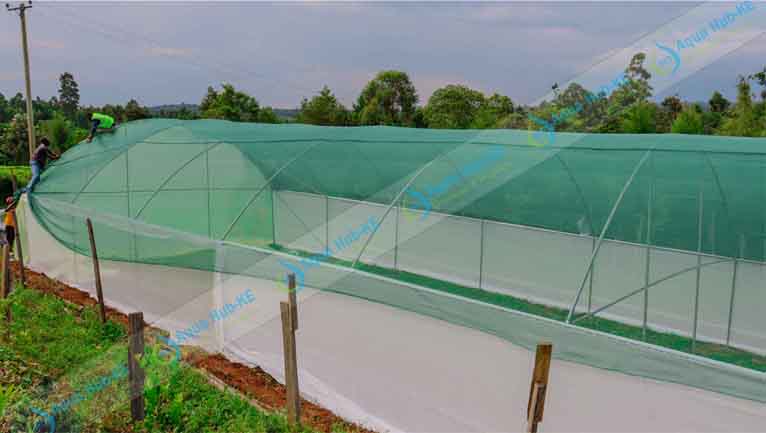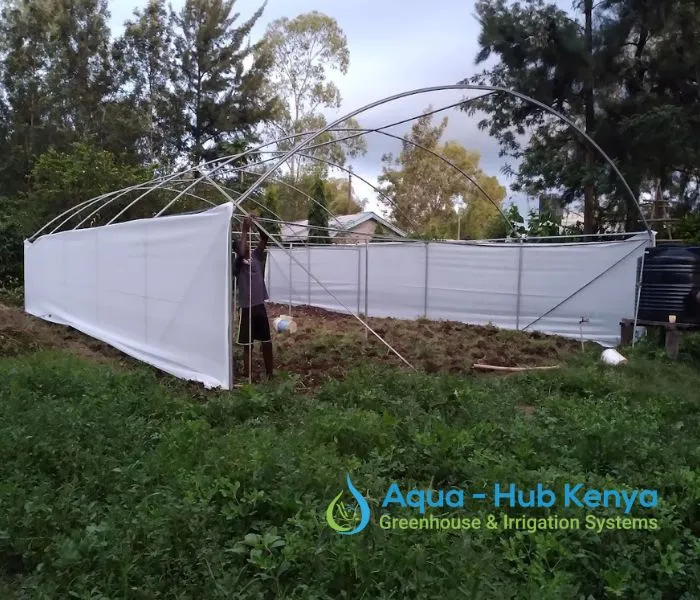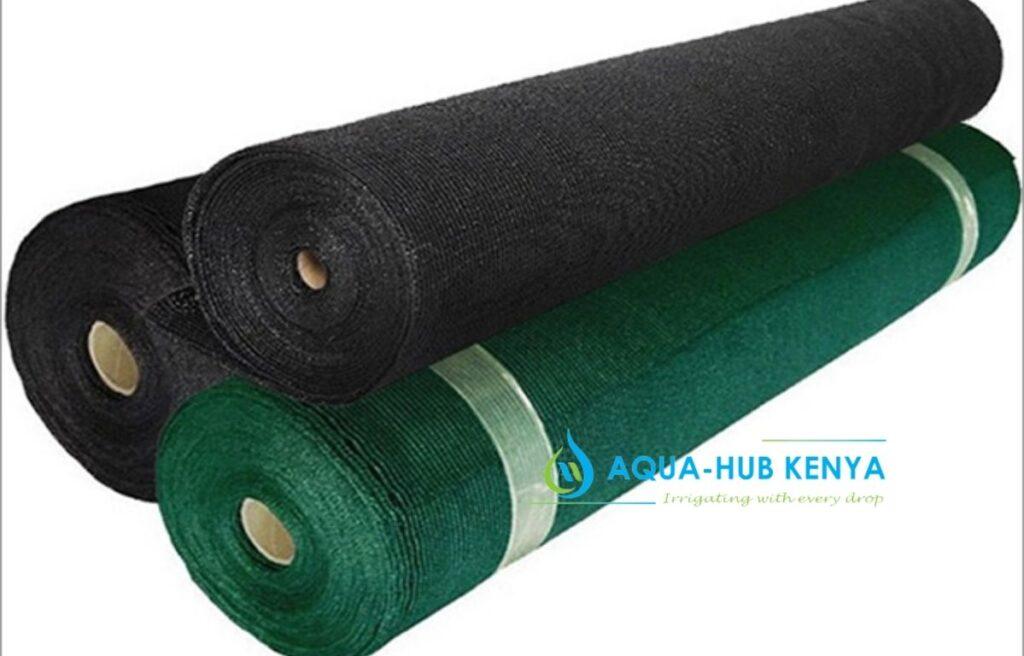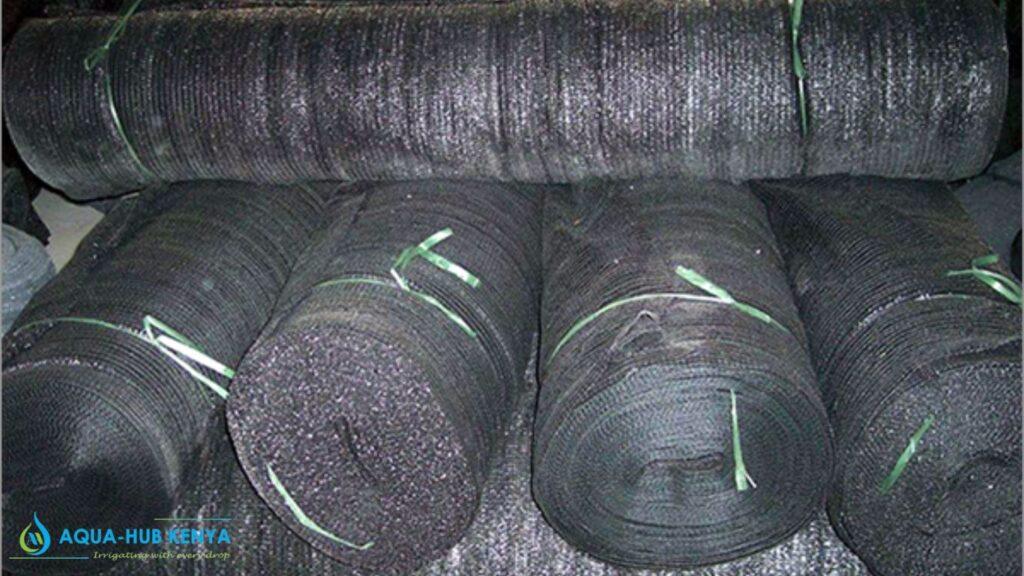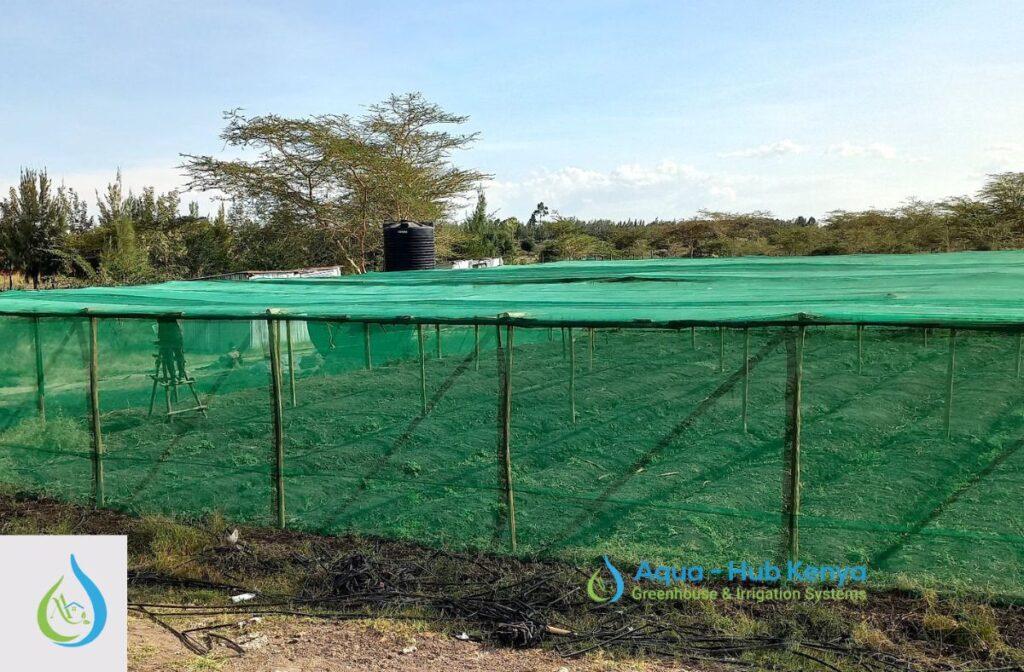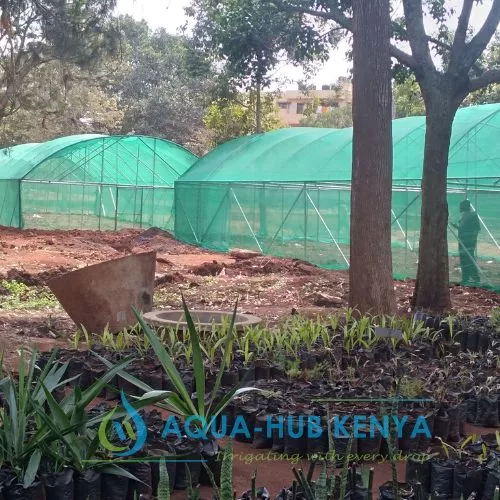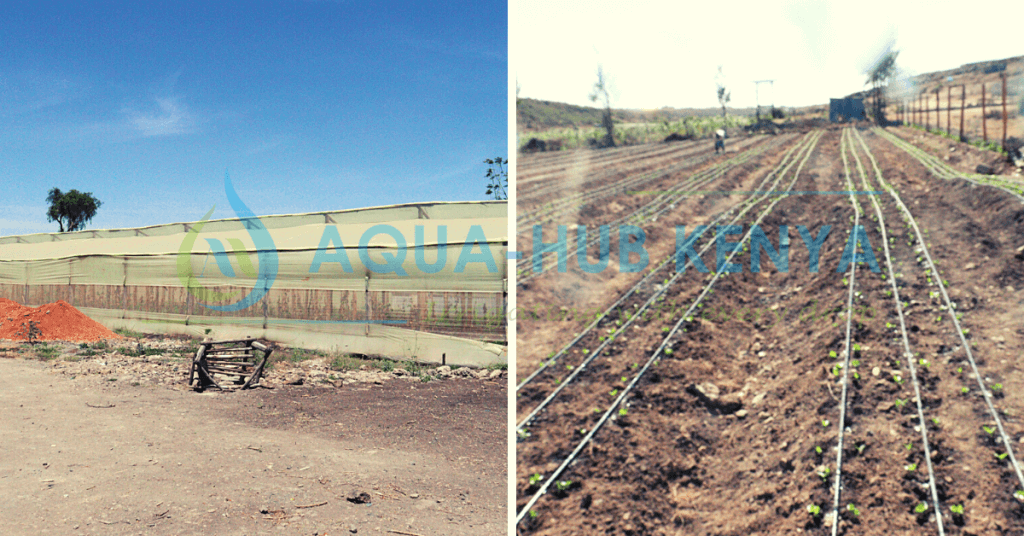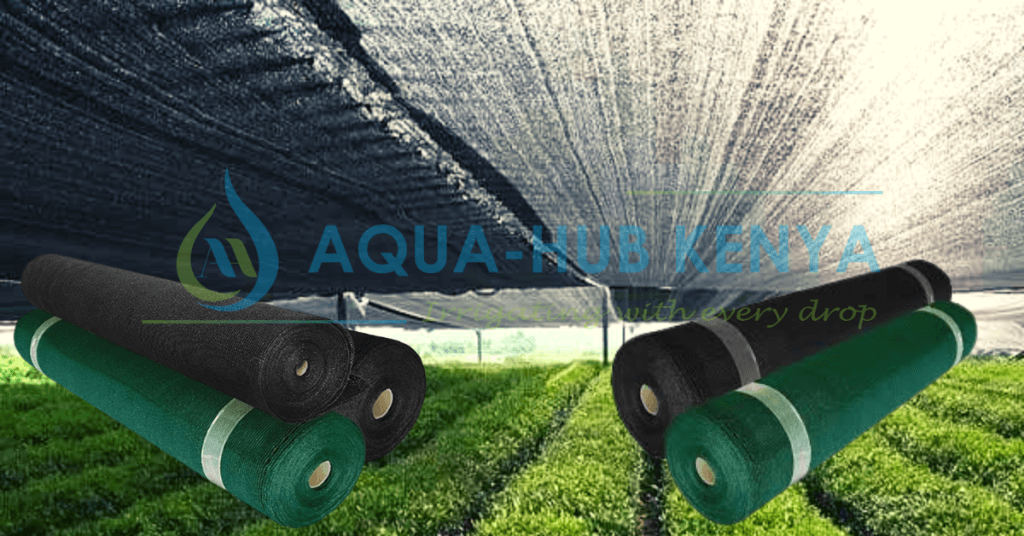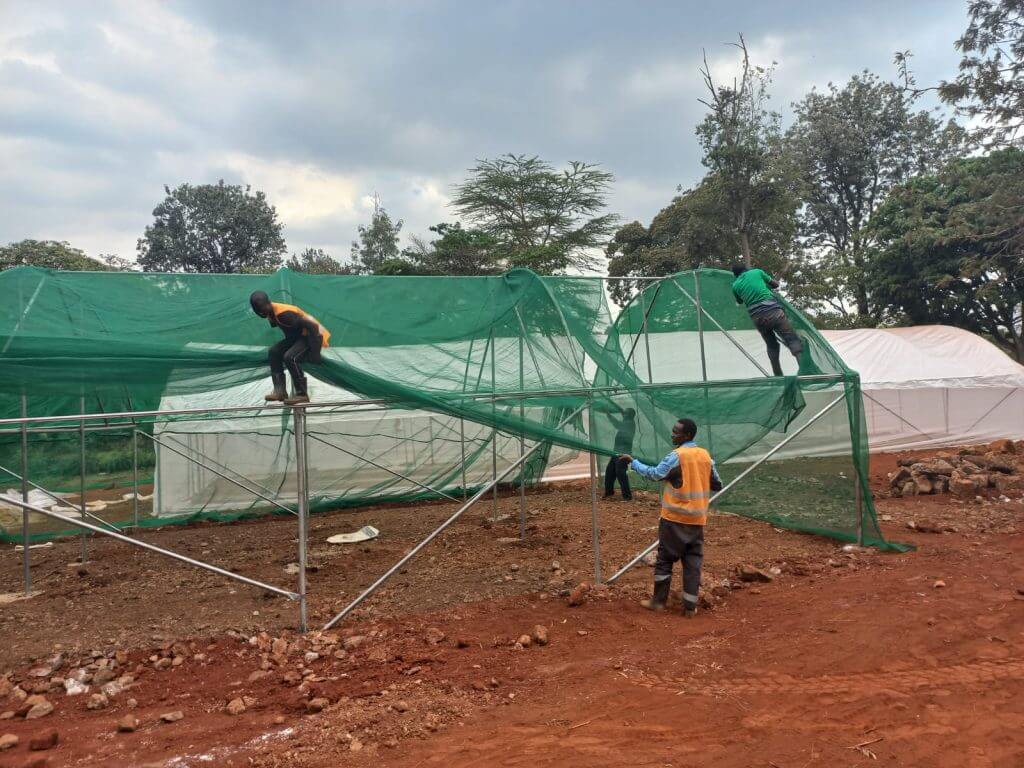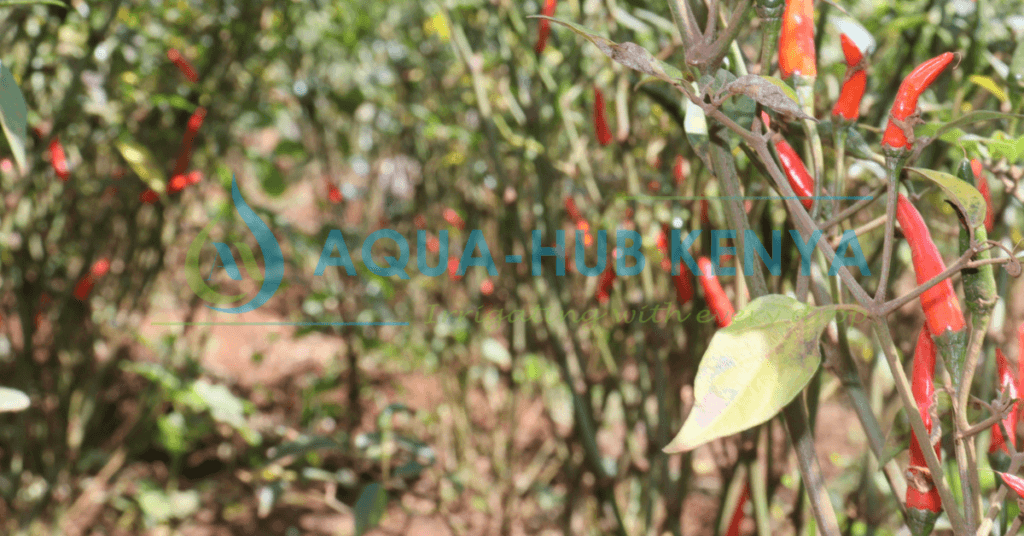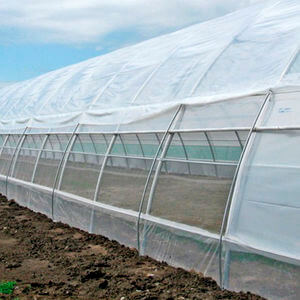Bird Nets in Kenya
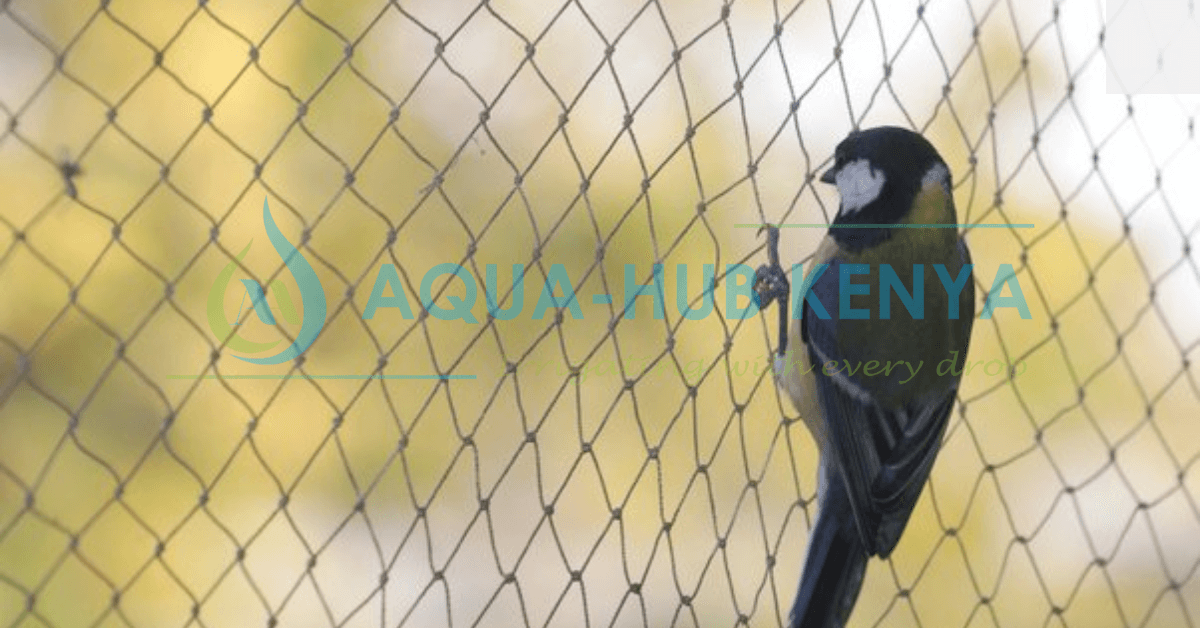
Bird nets in Kenya safeguard your crops from bird and animal pests. Bird control is required for crop protection. The best netting for this use is a green bird net composed of UV-treated monofilament nylon. Bird netting is also the most effective and non-harmful way of bird control. Its objective is to keep birds from causing damage to a specific area or structure. Bird netting is utilized in a variety of commercial, industrial, and residential settings.
What are bird nets in Kenya?
Bird nets are a type of bird control measure that are used to exclude birds from certain areas. The area are such as gardens, orchards, and commercial buildings. The nets are typically made of a durable material. Materials are polypropylene or nylon, and are designed to be virtually invisible to birds. They are also typically installed over areas where birds are causing a problem. Over fruit trees, or over open areas where birds may roost. The nets are typically installed with the help of poles, ropes, and tensioners. They are typically secured to the ground to prevent birds from getting underneath them. Bird nets are considered a humane and effective method of controlling bird populations in certain situations.
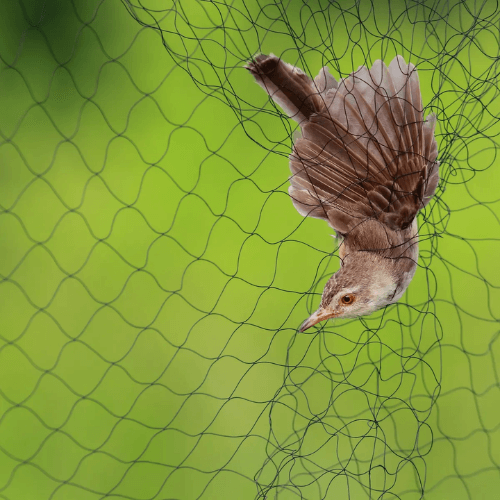
In Kenya, bird nets are commonly used in agriculture to protect crops from damage by birds. The most common bird pests are Sparrows, starlings, and blackbirds. They damage crops such as fruits and berries, destroying entire harvests. Netting is widely used by farmers to protect their crops from bird damage.
The nets are placed over fruit trees and crops, and are often held in place by poles and tensioners. Thus keeping them taut and to prevent birds from entering. This method is effective in reducing bird damage. However, it is also important to note that it can also harm other animals or insects. Also, it is important to clean up the netting to reduce potential entanglement hazards.
Application of bird nets
Bird nets can be used in a variety of settings to control bird populations. They also prevent damage to property or crops. Some common applications of bird nets include:
- Agriculture: Bird nets are commonly used in agriculture to protect crops from damage by birds. This can include orchards, vineyards, berry patches, and other areas where birds are known to cause significant damage to crops.
- Industrial settings: Bird nets are used to exclude birds from industrial settings such as warehouses, factories, and construction sites. Birds can cause damage to equipment, create hazards for workers, and create unsanitary conditions by leaving droppings and debris.
In all the applications, it is also important to ensure that the bird nets are installed correctly and maintained properly to maximize their effectiveness, also to avoid any harm to other animals or environment.
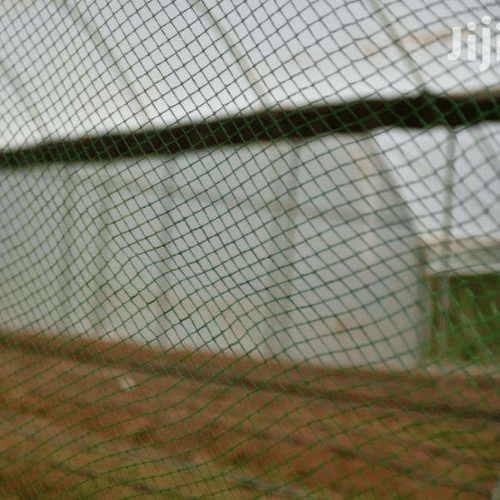
What are the Features of Bird Nets in Kenya?
Bird nets have a variety of features that are designed to make them effective at controlling bird populations while also minimizing negative impacts on the environment and other wildlife. Some key features of bird nets include:
- Material: Bird nets are typically made from durable, long-lasting materials such as polypropylene or nylon. These materials are lightweight, strong, and UV-stabilized to resist degradation from sunlight.
- Mesh size: Bird nets typically have a small mesh size, which is designed to prevent birds from entering while allowing other wildlife, such as insects and small mammals, to pass through.
- Color: Bird nets are often made in a neutral color such as black or green, which helps them blend in with their surroundings and be less visible to birds.
- Knotted vs knotless: Two types of bird nets are available, one with knots and one without. The knotted net has small knots at the intersection of each strand which makes the net stronger, but also more visible. A knotless net has the advantage of being more discrete.
- Tensioning and anchoring: Bird nets are typically installed with the help of poles, ropes, and tensioners, and are typically secured to the ground to prevent birds from getting underneath them. Proper tensioning and anchoring is important to ensure that the net is effective at excluding birds.
- Safety for wildlife and humans: Many bird nets are designed to be safe for wildlife and humans, with features such as tear-proof edges, and warning signs. It is important to choose the bird net with care and to install it and maintain it properly.
- Customizable: Some bird nets are customizable in terms of size, shape and material. This allows farmers, builders, or private individuals to get a netting solution that is tailored to their specific needs and area to be protected.
How to use anti bird nets in Kenya
In the greenhouse
Agri-nets or anti-bird nets are used as side netting in greenhouse buildings to keep out nuisance birds. In these particular greenhouses, where crops like strawberries need insect pollination to produce fruit, there are bird netting.
Shade house
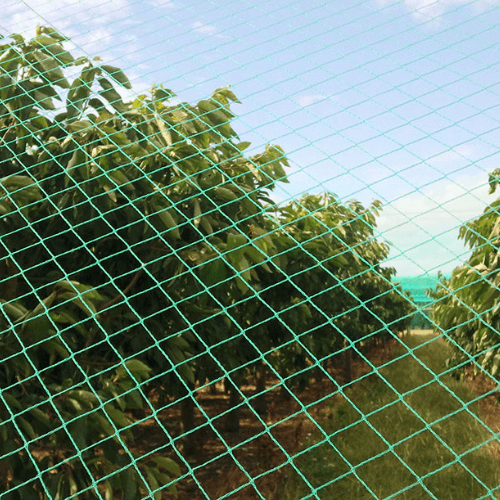
As a greenhouse’s side netting for shade net homes. To keep out unwanted flying and non-flying birds
Fishpond cover
To safeguard aquacultured fish from kingfisher birds. It is the country’s largest bird net use to date.
Fence
Useful as top netting and a barrier for free-range chickens. To deter chicken and bird pests, a small kitchen garden will have top netting and a bird net acting as a barrier.
What are the Benefits of Bird Nets?
Bird nets are a popular method of bird control that can provide several benefits. Here are some of the main benefits of using bird nets:
- Protection of crops and property: Bird nets can protect crops, gardens, and other areas from damage by birds. This can help to preserve the value of crops, reduce the need for pesticides, and minimize damage to property.
- Humane control method: Bird nets are considered a humane method of controlling bird populations, as they do not harm the birds in any way. They simply exclude them from certain areas.
- Long-lasting: Bird nets are made of durable materials that can last for several years, which makes them a cost-effective method of bird control.
- Customizable: Bird nets are customizable and can be made to fit the specific needs of any area or crop, which allows for more efficient and effective control of bird populations.
- Low Maintenance: Once installed correctly, bird nets are relatively low maintenance, needing regular inspections to ensure that the net is not damaged or has not been moved and to remove any debris accumulated on the net.
- Eco-Friendly: Because bird nets are a physical barrier, it does not rely on chemical use, making it a more environmentally friendly option compared to other methods such as pesticides.
- Discrete: Bird nets can be made in a neutral color such as black or green and made knotless, which helps them blend in with their surroundings, reducing their visibility and making them more discrete.
It is important to note that bird nets are not always the solution, and its efficacy will depend on the area and the bird species targeted, and that their use should be in coordination with other methods such as habitat modification, exclusion, bird scaring, and proofing to achieve optimal results.

